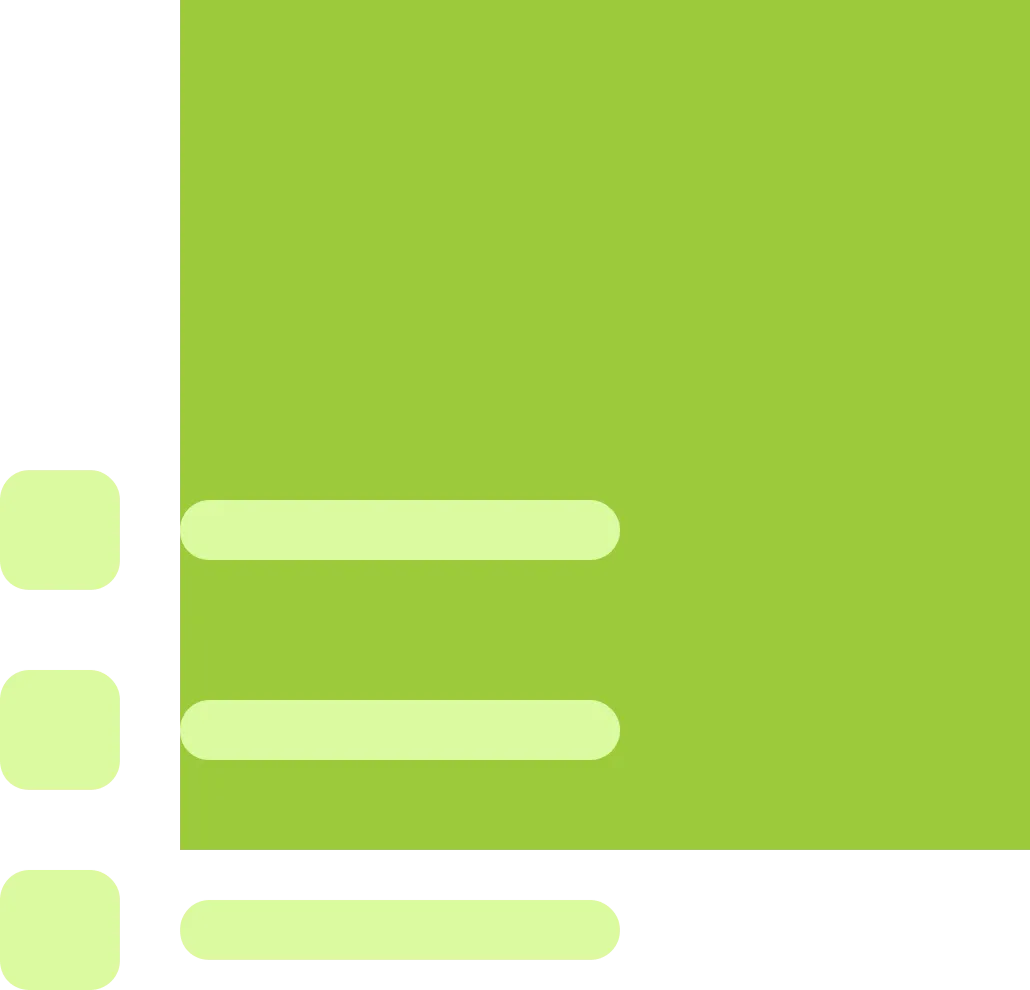How to create a meaningful content plan that aligns your brand vision with customers' perception of you.
Content is king. It always has been and it always will be. It is generally accepted that delivering valuable content is imperative in order to actualize a successful brand experience through any channel. Then why are the details around content planning, design and execution so often overlooked by marketers and agencies alike?
If you have found yourself struggling at all with this issue, you may find this article helpful. It contains a (very) brief summary of the principles, methods, tools and techniques necessary to devise a meaningful, sustainable content strategy for your online marketing initiatives.
Level Expectations and Align Mindsets
To have a meaningful conversation about content, everyone involved must share a common understanding of what online content is. We’re always sure to clarify with our clients that online content includes not only text, but all other content elements as well including video, podcasts, images, audio, etc. — any information accessible to audiences via online channels.We then make sure that our clients understand that the meaning, purpose, relevance, placement, structure, style, and tone of the content comprising an interactive marketing solution are all direct expressions of their brand, and in order to deliver a successful brand experience, it’s critical to ensure the quality and consistency of all these content attributes. But it doesn’t just happen — it’s made possible through a sharp content strategy.
Apply a Multi-Disciplinary Approach
In order to create a good content strategy, a number of factors and disciplines come into play causing the strategist to wear various hats. It is necessary to apply multiple filters when creating content strategies including that of the chief editor, the curator, the marketer, the user-experience designer, the information scientist and the web analyst.- A chief editor sets the purpose, direction and tone of the content, ensures consistency, and manages people to get the best out of them.
- The curator is adept at coordinating and aggregating content from disparate sources and presenting it in a relevant, cohesive fashion.
- The marketer’s talents are exercised to influence behavior and persuade people to act or think in a certain way.
- The user-experience designer is skilled at understanding the wants, needs and motivations of the target audience and presenting them with the right information, in the right place, at the right time.
- The information scientist is trained in modeling, organizing and classifying content in a way that meets business objectives, user needs and creates systematic efficiencies in addition to developing meta data structures that increase content manageability.
- The web analyst looks at content from a performance standpoint and ensures that it is optimized to meet the key performance indicators around things like search rankings and traffic patterns.
Helpful Principles
While developing your content strategy, you need to strive to meet business goals and user needs at the same time. This of course requires you to have a clear sense of what the business goals are and a thorough understanding of your audience.
Your content strategy needs to be feasible from a resource standpoint. Because of that, you need to understand what people, time, technology, processes and assets are available to support any strategy that is developed and maintain it long term.
Marketing content needs to be persuasive, so the content strategy should contain some direction around the approach to selling. It helps to refer back to Aristotle’s model of the three types of persuasive presentation, i.e. rhetoric:
- The rational argument (logos)
- The emotional plea (pathos)
- The case based on a person’s reputation or character (ethos)
It’s interesting to think how just about every marketing campaign strategy can fit into one of these categories either directly or indirectly.
Content Strategy Process and Deliverables
Our thorough discovery process provides us with all the necessary background to serve as input for the strategy phase and typically includes:
- Well articulated business goals
- A review of existing resources: people, process, technology and content
- A review of the competition
- A brand audit or assessment
- A comprehensive inventory of the content comprising the current solution (for redesigns)
- An overview of products and services
- User research and modeling
- An evaluation of the current solution along with suggestions for improvement
From there, we follow a big-picture, goal-directed approach to developing the content strategy. Based on our understanding of the most important tasks that users wish to accomplish and our defined business goals, we write scenarios describing our future vision of what users will experience while interacting with the solution to do the things they want and need to do. The ideas in those scenarios form the foundation of the content strategy. We analyze the scenarios and translate the thoughts contained within them into a structure and system of behavior for the solution.
A key deliverable at this stage is a very robust content outline that lists each page or “key view” within the site, along with a description of the content elements within those pages or key views. For each content element, we include any relevant notes that help all stakeholders understand its intended purpose, meaning, value, themes, properties, attributes, style—whatever is helpful. This list is referred to by information architects as they are developing the page-level schematics for the solution; by content developers as a checklist and guideline to create, gather, organize and edit any necessary content assets; and by project managers to keep scope contained and provide quality assurance.
Supplementing the content outline with actual content samples and demonstrating the ideas contained in the guidelines can help clarify the strategy even further. Often, those samples are presented in context of a page view for the solution, either in the wireframes that the Information Architect develops, the visual design comps created by the Art Director or both. Showing samples with the design of the site is usually best because the visuals can really help enhance the voice and feeling of the content.
Finally, it is best to create some type of governance guidelines that can help ensure that the strategy is properly maintained over time. This might be the most overlooked step by businesses, contributing to the unfortunate phenomenon of launching a site that exhibits a certain standard of quality, only to have the site’s experience steadily deteriorate with each update to its content.
For more information on this subject, I highly recommend reading the recently published The Elements of Content Strategy by Erin Kissane. A few of the points made in this article were derived from her book, which we consider to be one of the best on the subject. It’s a quick read and well worth your time.

